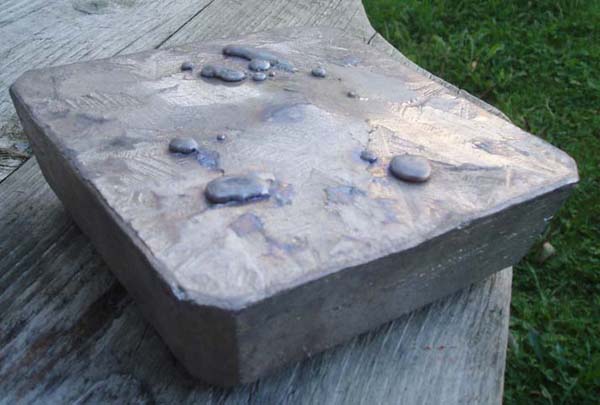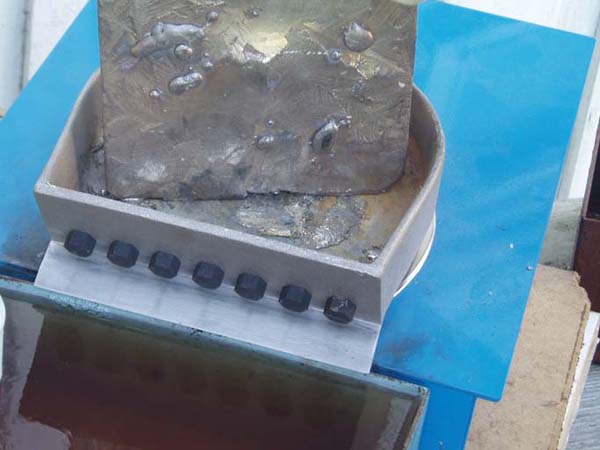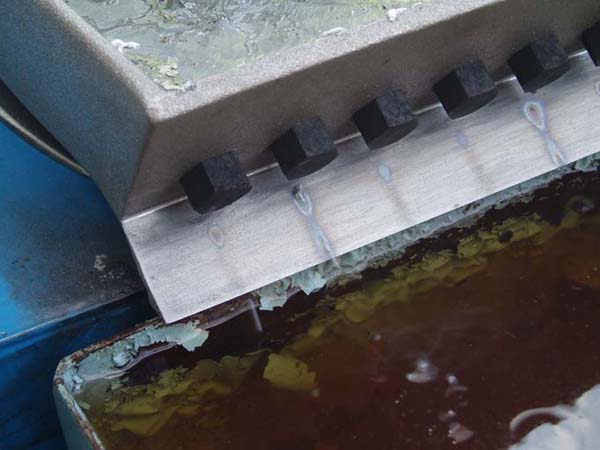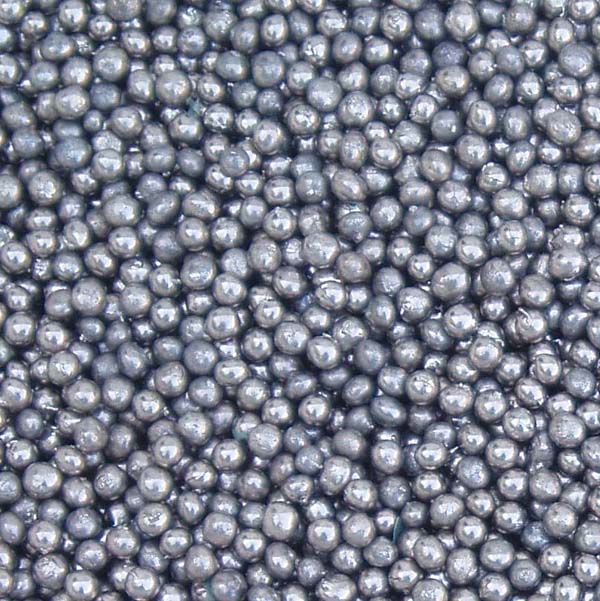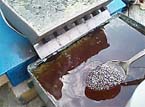Forum
Market
- Nydelig publisert Webley No. 5 Army Express
- Engelsk pattern 1751 infanteri sabel
- Engelsk spadroon
- Winchester High Wall 38-55
- Smith & Wesson model 2.
- Kjøper Engelske millitære flintlåsvåpen
- " Hevarm " til Kongsberg kammerlader
On this day
26 October 1811
The Danish-Norwegian frigate Najaden was launched. Najaden was built in 1811 and equipped with 36 cannons. Later it was upgraded to 42 cannons. The frigate's career was short-lived: It was sunk during the Battle of Lyngør on 6 July 1812 by the... Read more ...
The frigate Najaden was set afloat
The Danish-Norwegian frigate Najaden was launched. Najaden was built in 1811 and equipped with 36 cannons. Later it was upgraded to 42 cannons. The frigate's career was short-lived: It was sunk during the Battle of Lyngør on 6 July 1812 by the British ship of the line HMS Dictator . Najaden was then under the command of Captain Hans Peter Holm.

Chat
Offline
No chatting right now.
(You must be logged in to the forum to chat.)
Featured article

The rifle musket was a common weapon during the Crimean War and the American Civil War. If treated right, the rifle musket can be an extremely accurate weapon. One of the bullets that were used in the rifle musket was called the minié ball. Read more about the rifle musket and miné ball in this article.
Rifle musket and Minié Ball
Making Bismuth Shot
 About
About Les artikkel på norsk
Les artikkel på norskThe ten kilos were sent to me because I’m the owner of a Shotmaker. When making bismuth shot I used the same setups as I normally use when making lead shot. The bismuth we bought was 99.98 % pure, so the quality should be good enough.
Bismuth
Bismuth has a lower melting point compared to lead. While lead melts at 621.50 °F (327.5 °C) bismuth only needs 520.34 °F (271.3 °C) to melt. The test with the ten kilos of bismuth shows that it is possible to make good quality bismuth shot in the Shotmaker. The shot appeared to be just as good as the lead shot the Shotmaker spits out, perhaps even better.
Find out more!
You can learn more about muzzle-loading and black powder cartridge shotguns and shotmaking in the brand new book From Musket to Metallic Cartridge: A Practical History of Black Powder Firearms.
Of problems, the following can be noted:
It was difficult to make the bismuth flow through the drippers as easy as lead. I worked outside in a temperature of about 68.00 °F (20 °C), between 10 in the morning and 8 in the evening, in a gentle breeze. Wind has a tendency to reduce the heat effect in the Shotmaker, and this may have been a contributing factor. After a while I found out that giving the ladle a whack with a wooden mallet lead to an even flow of lead out of a couple of the drippers, but not all (see the movie).It is possible that making the shot in a less windy condition would have solved this problem. When the temperature began dropping during the night I set up a provisional windbreak and put a homemade lid on the ladle. This seemed to help a bit. It is possible that it simply was too cold for the Shotmaker to function optimal as wind cools down the heating elements in the Shotmaker.
Makers of bismuth shot have now begun adding a bit of tin in the alloy to prevent the shot from being too brittle. This is also something that has to be tested. As it wasn’t me that ordered the bismuth I cannot give the exact price or the location where we bought it, but it was relatively expensive.For more information about making shot, see the article about the Shotmaker.

